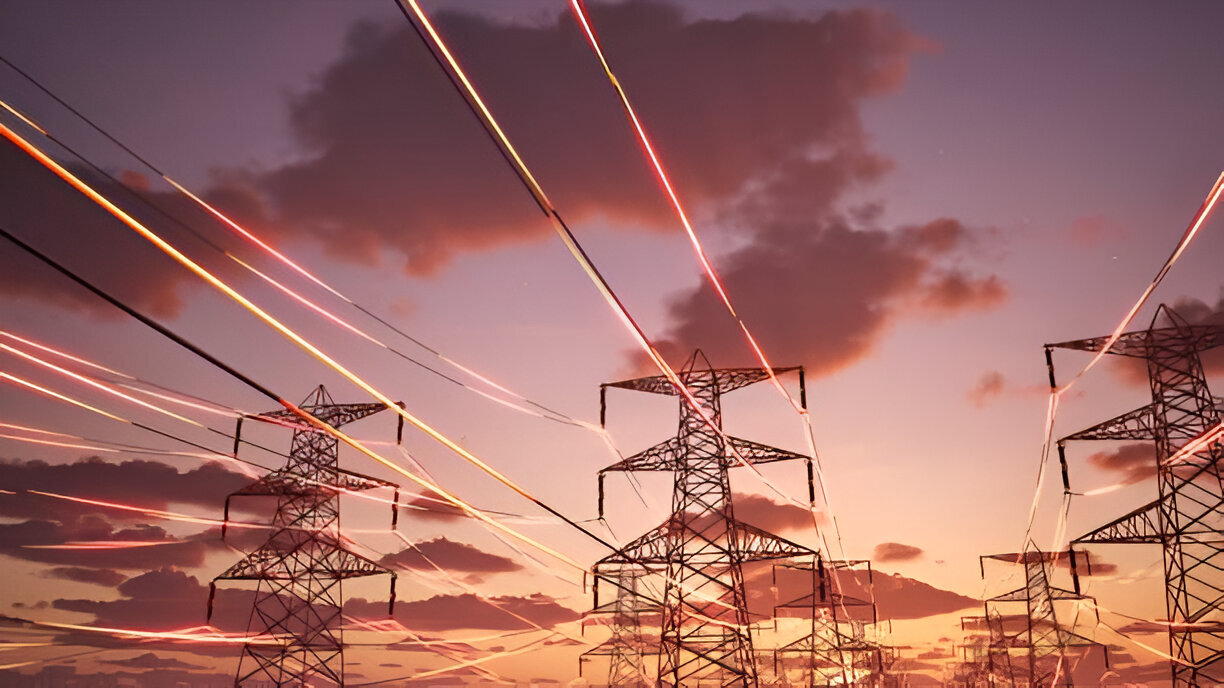
Who is the most expensive electricity supplier in Victoria?
When your power bill makes your jaw drop, you're not alone. Victoria’s electricity prices are among the highest in the country—and some retailers charge significantly more than others. But which provider takes the crown for the most expensive electricity supplier in Victoria?
Let’s break it down, with straight-talking numbers, behavioural insights, and a few real-world examples that might hit close to home.
So, who is actually the most expensive electricity supplier in Victoria?
Short answer: it varies depending on your tariff, usage pattern, and whether you're on a standing offer or market offer—but AGL, Origin, and EnergyAustralia have frequently topped the “most expensive” rankings for households who haven't switched in a while.
If you're still on a standing offer (the default plan), chances are you're paying hundreds more per year than your neighbour who switched to a better market offer.
According to Victorian Default Offer (VDO) data and consumer comparison sites, these legacy providers often charge:
-
Higher daily supply charges (up to 20% more)
-
Peak usage rates exceeding 40–45 cents/kWh
-
Less generous discounts, or discounts tied to unrealistic usage targets
While not illegal, these pricing structures often rely on consumer inertia—a classic case of the status quo bias, where we stick with what we’ve got even when better options are out there.
What makes some suppliers more expensive than others?
Several behavioural and market factors drive price disparities:
-
Loyalty tax: Long-term customers are often penalised with higher rates, a phenomenon documented by consumer advocacy groups.
-
Complex plan structures: Confusing tariff structures make it harder to compare and choose the best option. (Choice overload, anyone?)
-
Default plans trap: Households that don’t proactively switch fall into standard offers that are legally capped—but still often above-market.
Meanwhile, newer retailers like ReAmped, GloBird, and Tango Energy tend to operate leaner and offer simpler, cheaper plans—especially for savvy users who compare regularly.
Is being expensive always bad? What if you value customer service?
Now here’s where it gets nuanced.
Some higher-priced providers, like Powershop or Momentum Energy, attract loyal customers who prioritise green energy credentials, app usability, or local call centres. This taps into Cialdini’s “Liking” principle—we’re more likely to stick with a brand we feel aligned with, even if it costs more.
So while raw price is one thing, value can come from:
-
Responsive customer service (particularly for small businesses)
-
Transparent billing
-
Ethical sourcing or carbon-neutral plans
But don’t mistake warm vibes for good value—especially if your bills are creeping into four figures each quarter.
How much more could you be paying with the wrong supplier?
Let’s run a rough household example.
| Plan Type | Estimated Annual Cost | Notes |
|---|---|---|
| Cheapest Market Offer | $1,250–$1,400 | Depends on provider & location |
| Mid-Tier Plan | $1,600–$1,800 | Often from legacy brands |
| Expensive Standing Offer | $2,000+ | No discounts, high peak rates |
That’s a difference of over $750 per year—for the exact same electricity.
This gap is even wider for small businesses with high daytime usage. Many are unknowingly locked into “business default offers” that bleed cash every billing cycle.
Are Victorians switching providers often?
Not enough.
Despite the Victorian Energy Compare site (which is government-run and quite user-friendly), many consumers delay switching due to:
-
Fear of “making the wrong choice”
-
Lack of trust in comparison tools
-
Assumption that switching is hard (it’s not—it’s automated and takes minutes)
This is a textbook case of loss aversion—the psychological idea that we fear losses more than we value equivalent gains. So even if a new provider offers $300 savings, the fear of “losing what we know” holds us back.
What’s the best way to find a cheaper alternative?
Start with this game plan:
-
Visit Victorian Energy Compare – it’s independent, accurate, and includes every retailer.
-
Enter a recent bill—ideally one with at least 30 days of usage.
-
Review options, focusing on total annual cost, not just discount percentages.
-
Check the fine print—some “cheapest” deals require e-billing, auto payments, or usage at specific times.
For businesses, consider contacting a broker or using business energy comparison services that factor in your load profile.
And if you're curious about options tailored to business use specifically, there’s a helpful breakdown of the cheapest business energy plans in Victoria here.
Are there any red flags to watch for with high-priced suppliers?
Yes—and some are subtler than others:
-
Discounts off inflated rates: “30% off usage” might sound good—until you realise the base rate is 50c/kWh.
-
Short-term teaser rates: Some providers spike prices after a few months.
-
Bundled plans with strings: Like “free power on weekends” that come with higher weekday rates.
If a deal sounds confusing, it’s probably hiding something. Simpler is usually better.
FAQ
Why do energy prices in Victoria fluctuate so much?
Because of wholesale market volatility, network costs, and government regulation. Retailers pass these through in varying ways.
Is green energy more expensive?
Not necessarily. Some of the cheapest plans come from 100% carbon-neutral retailers—just depends on the provider.
Can businesses get better rates than households?
Yes, particularly if they negotiate directly or use energy brokers who specialise in commercial plans.
Victoria’s energy market rewards those who pay attention—and quietly drains those who don’t. The most expensive provider? It’s usually the one you didn’t think to question.
It’s worth checking whether your plan is still competitive. If you're a small business owner or managing overheads, this snapshot of the cheapest business energy suppliers could spark worthwhile savings.

